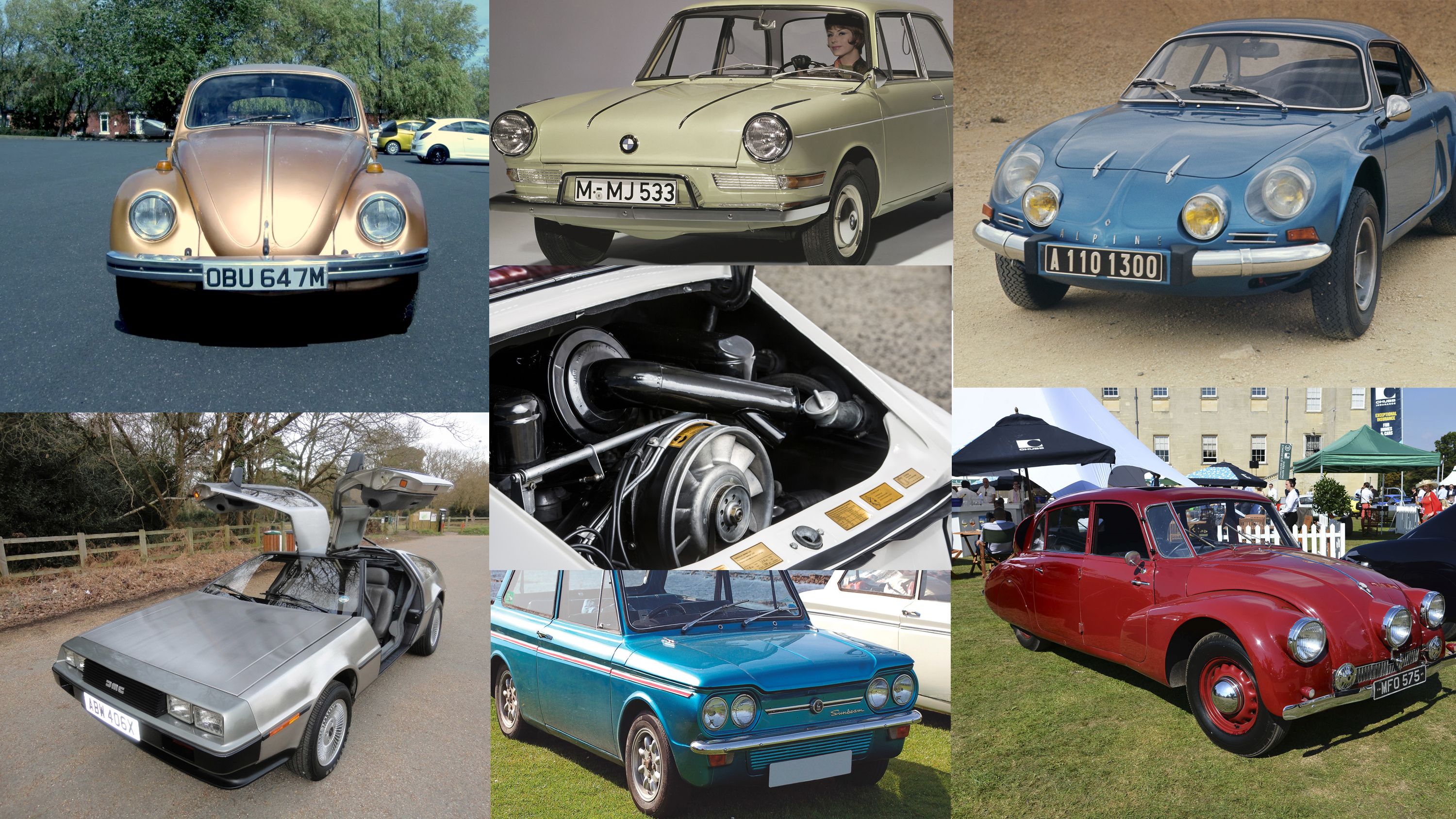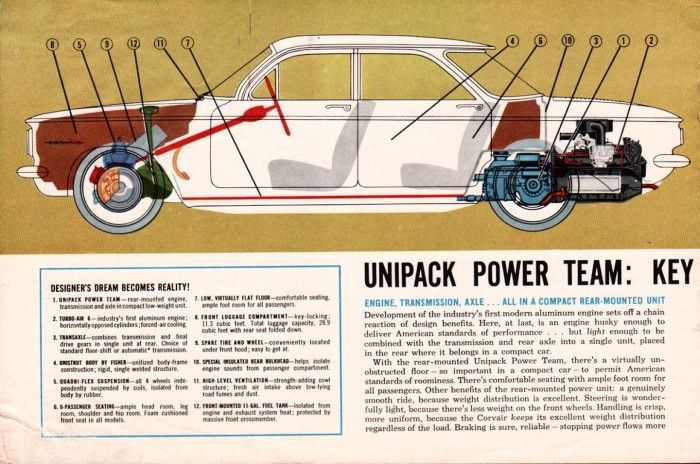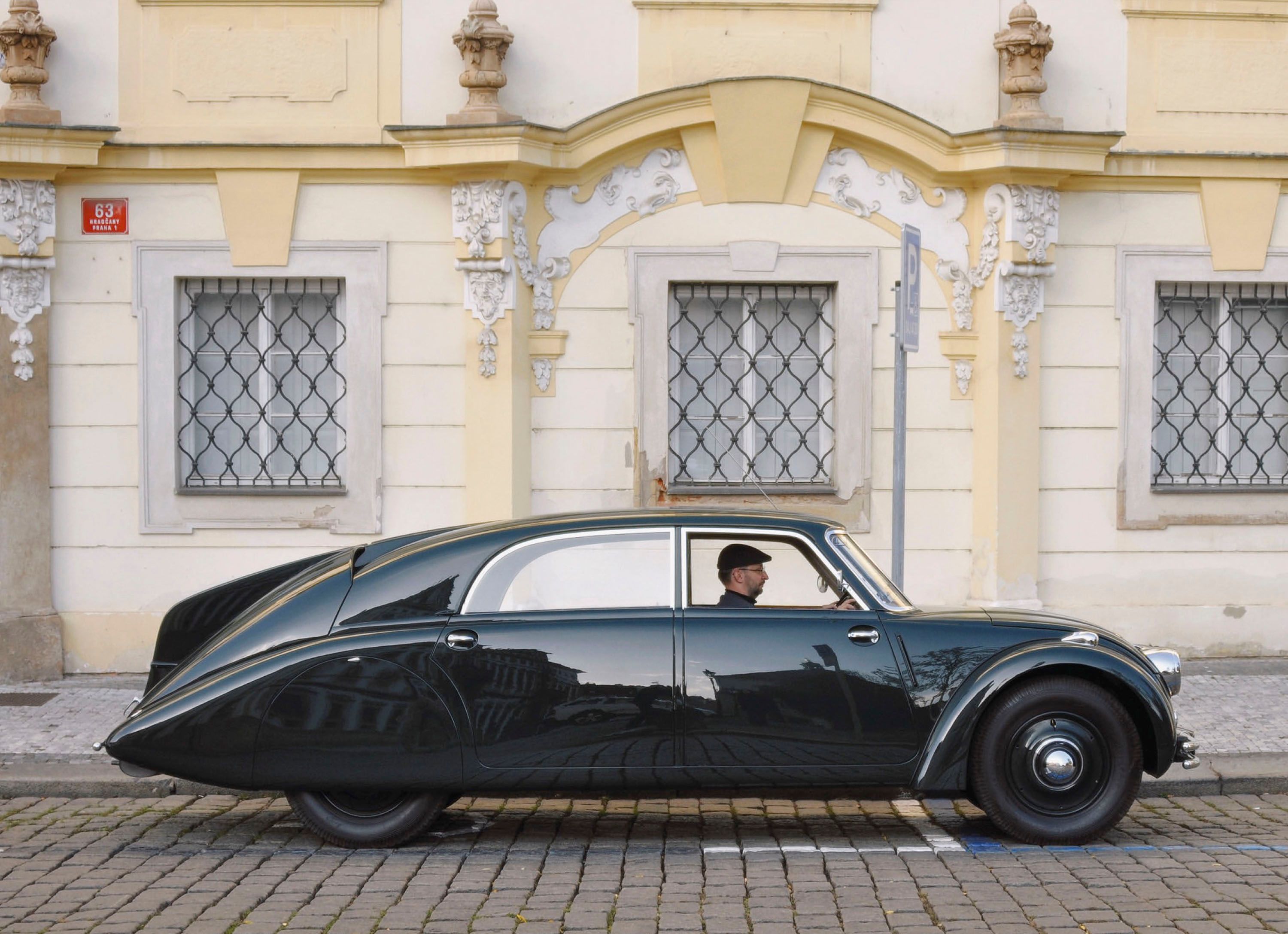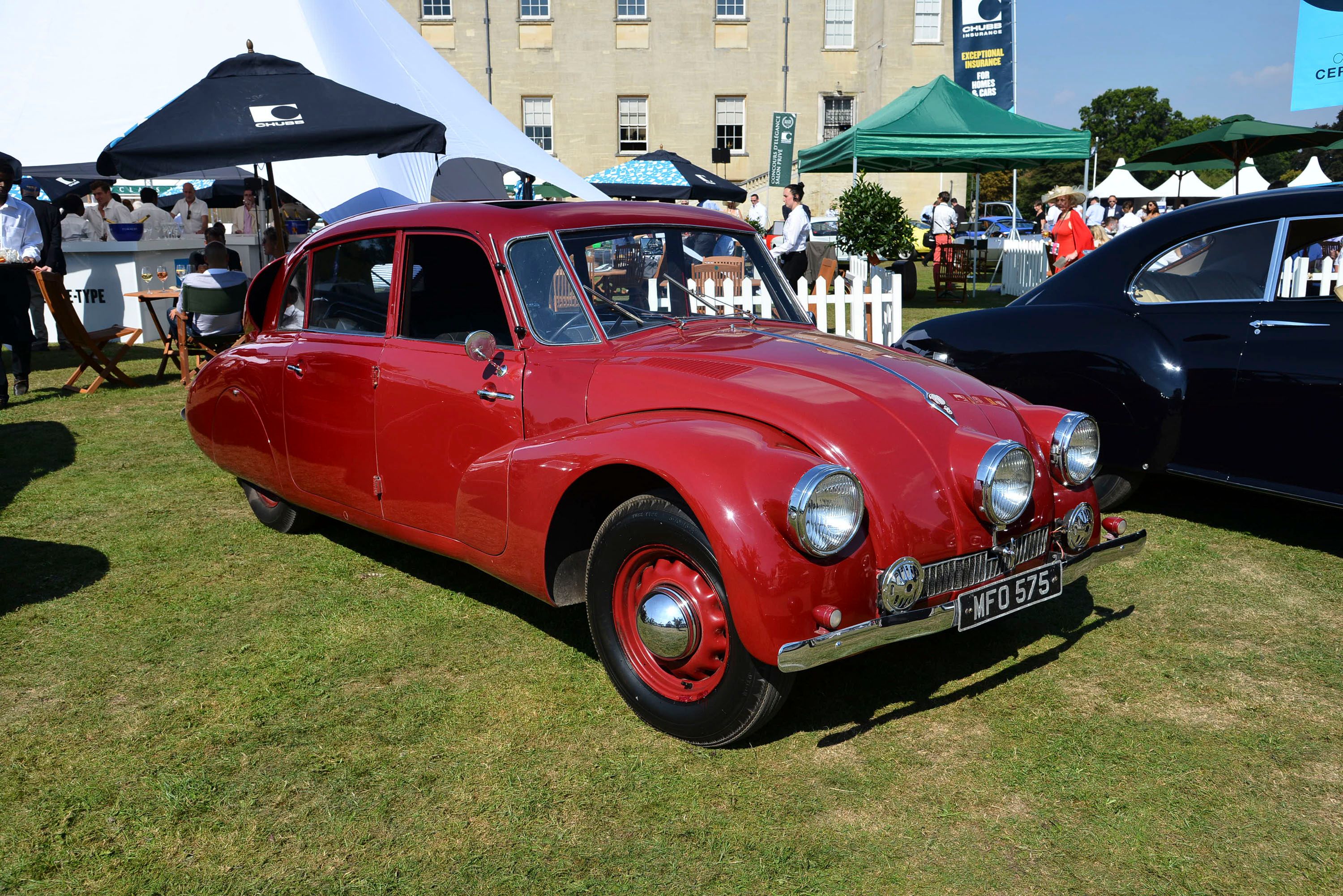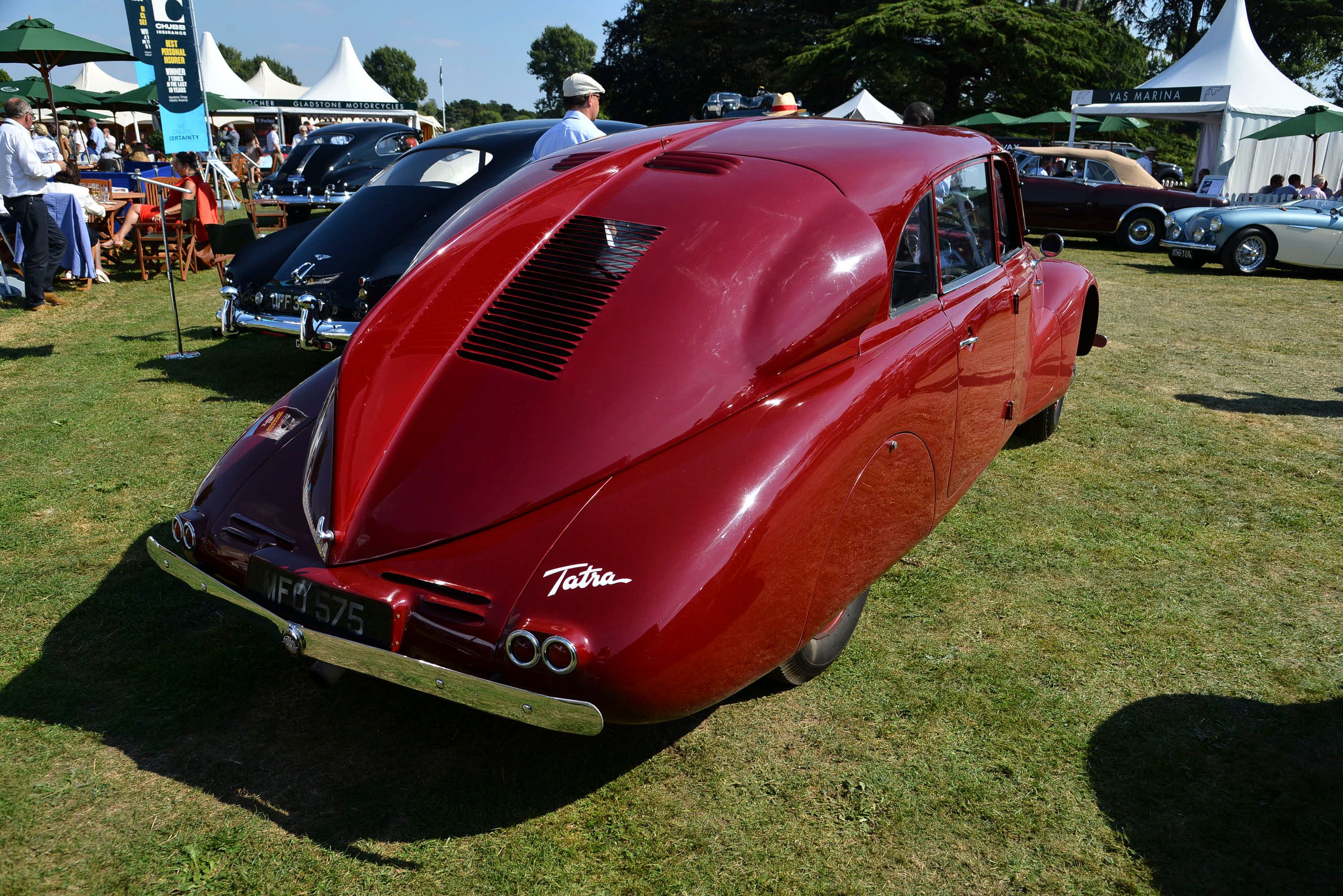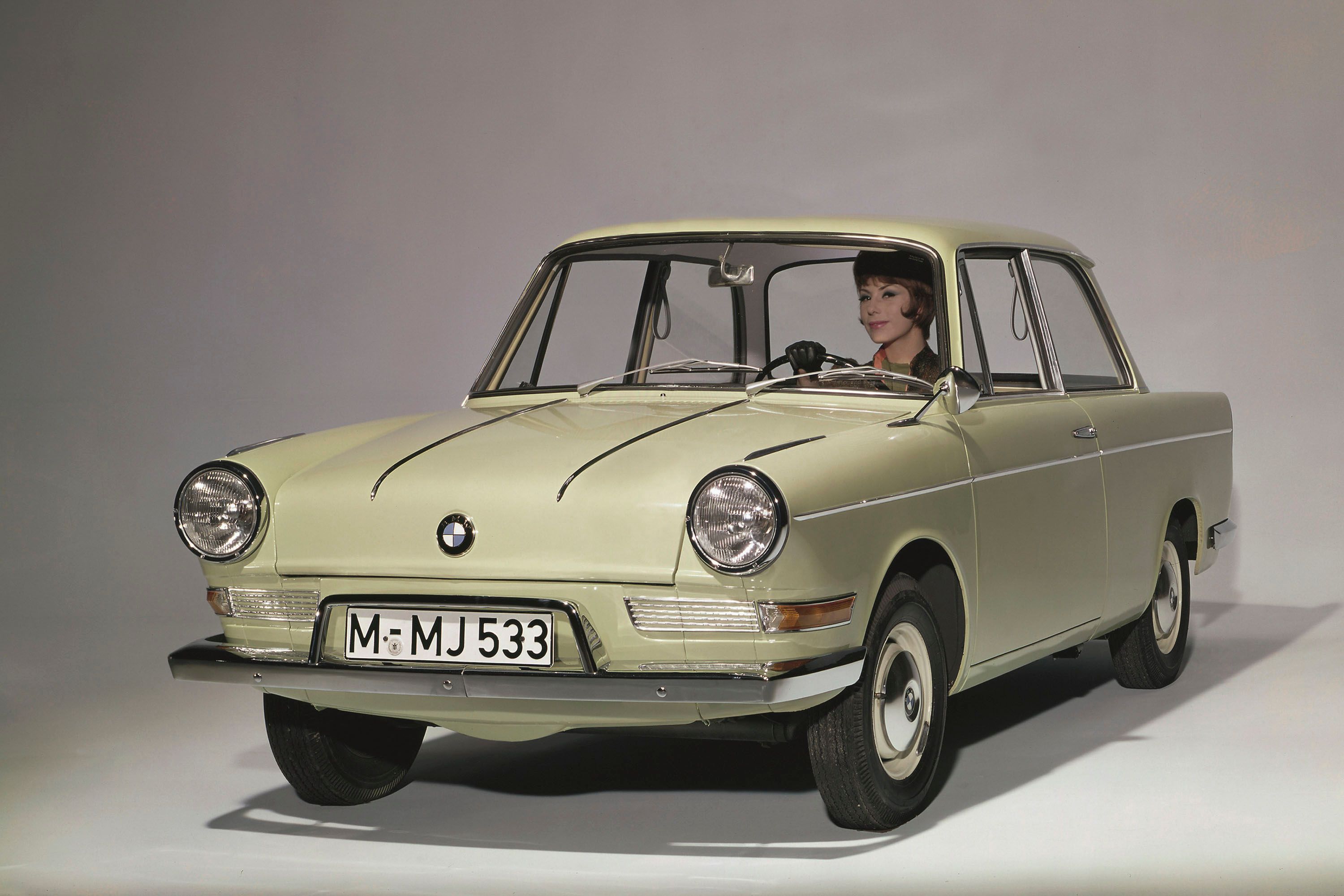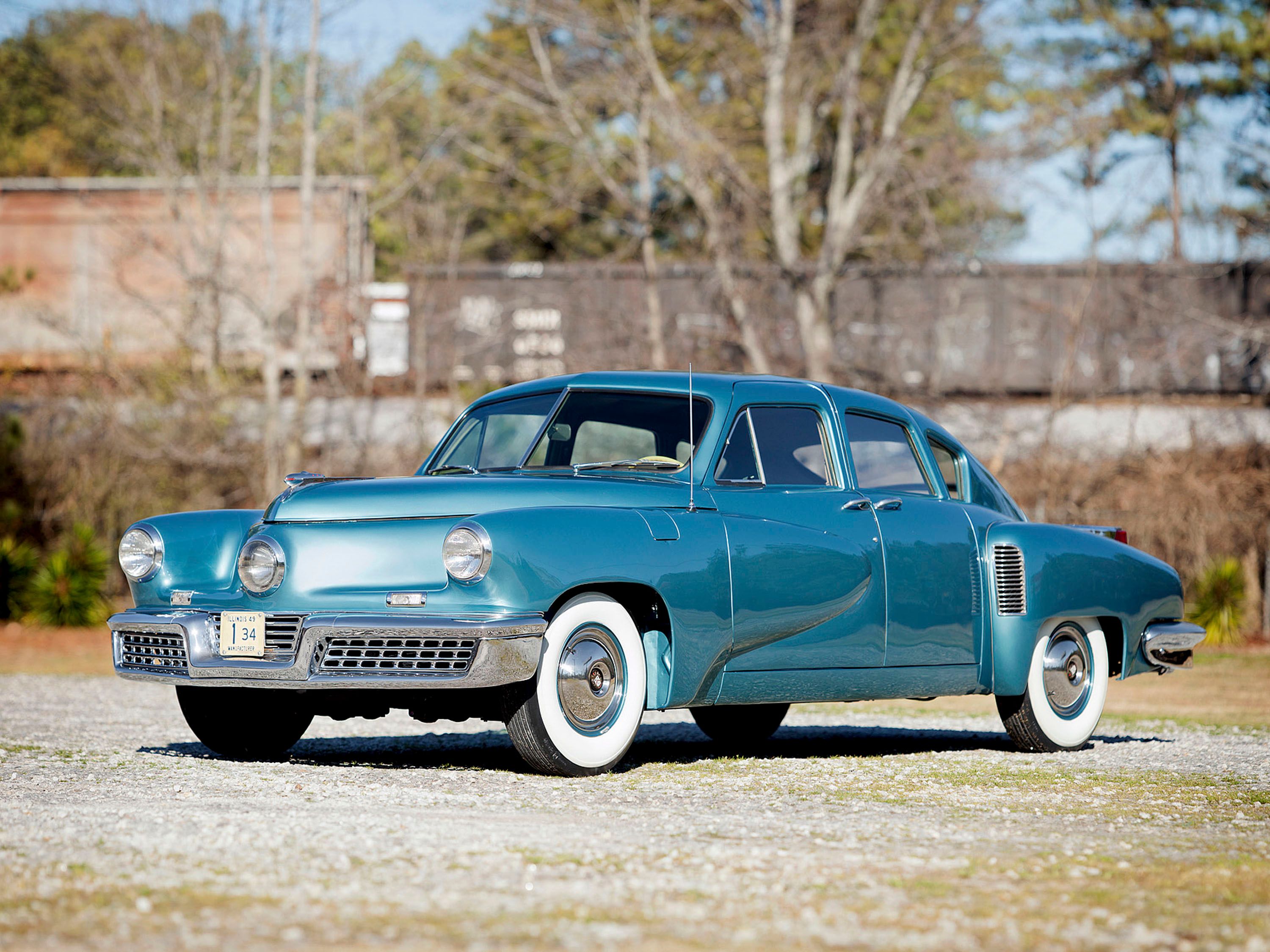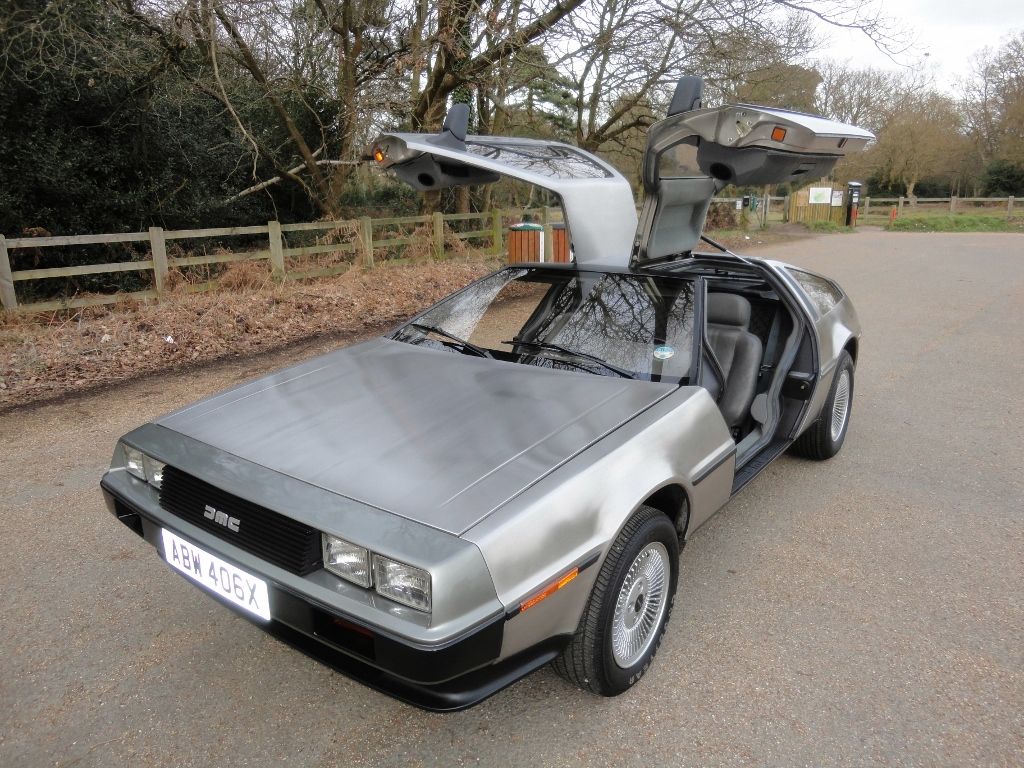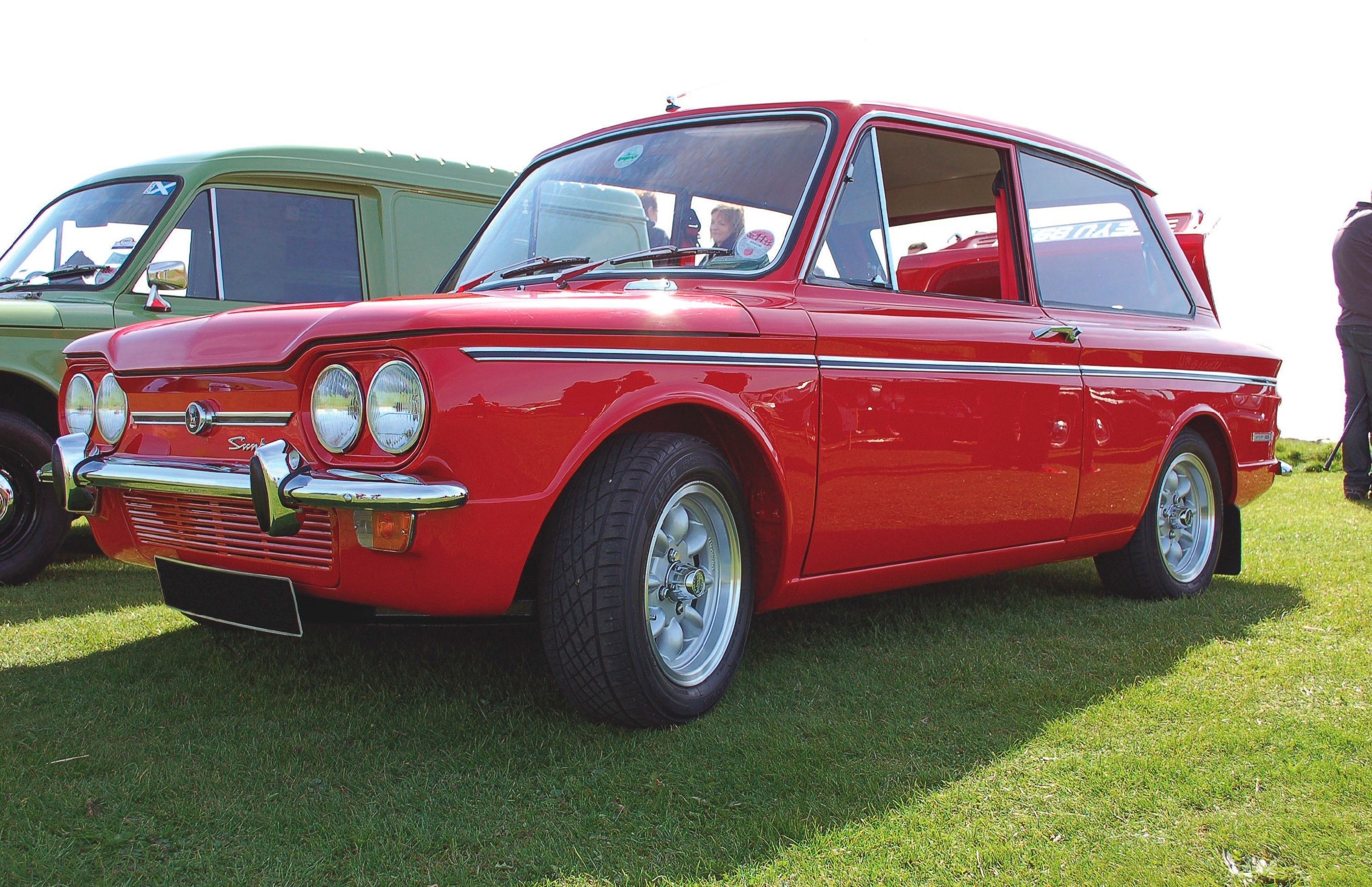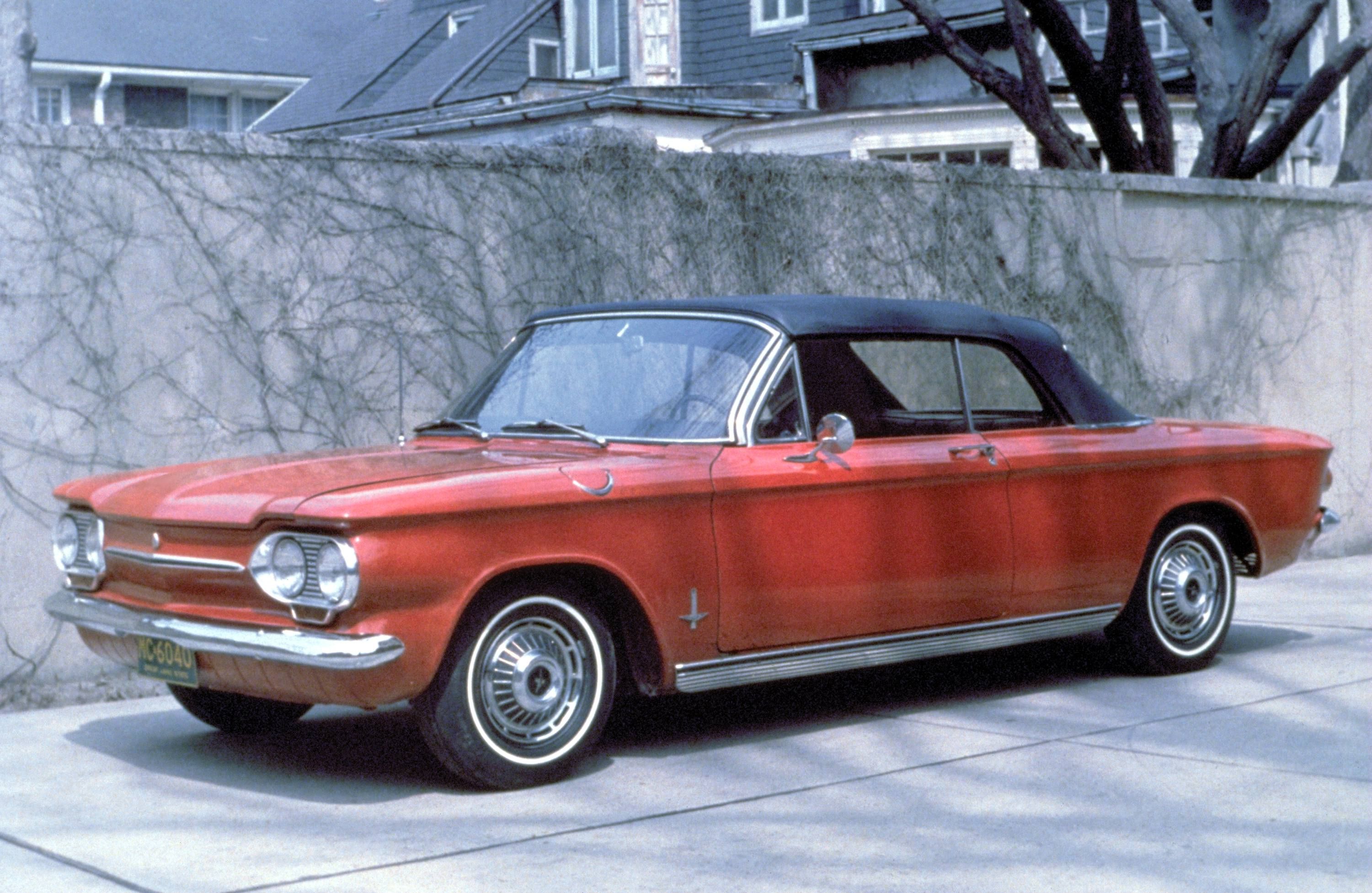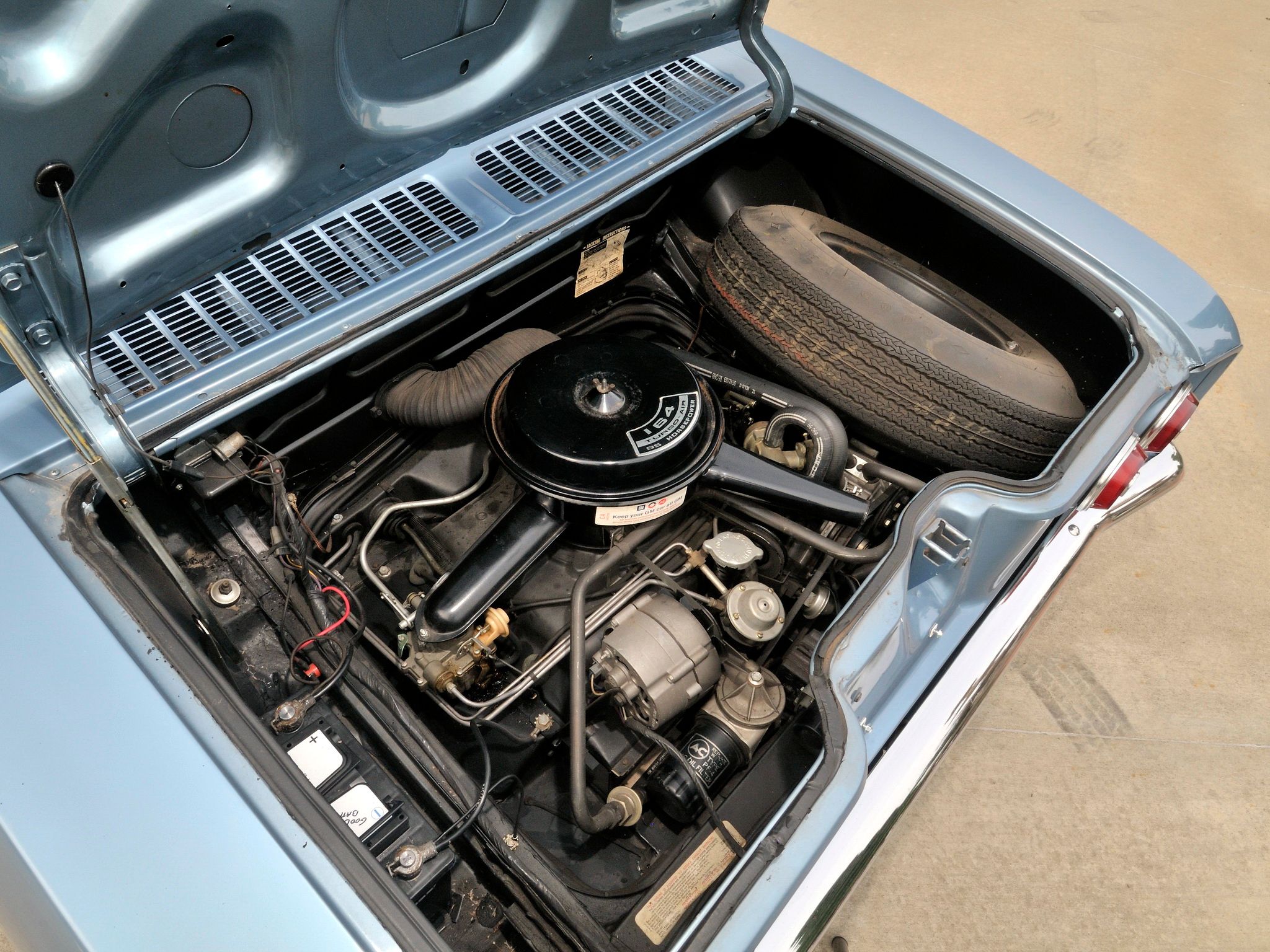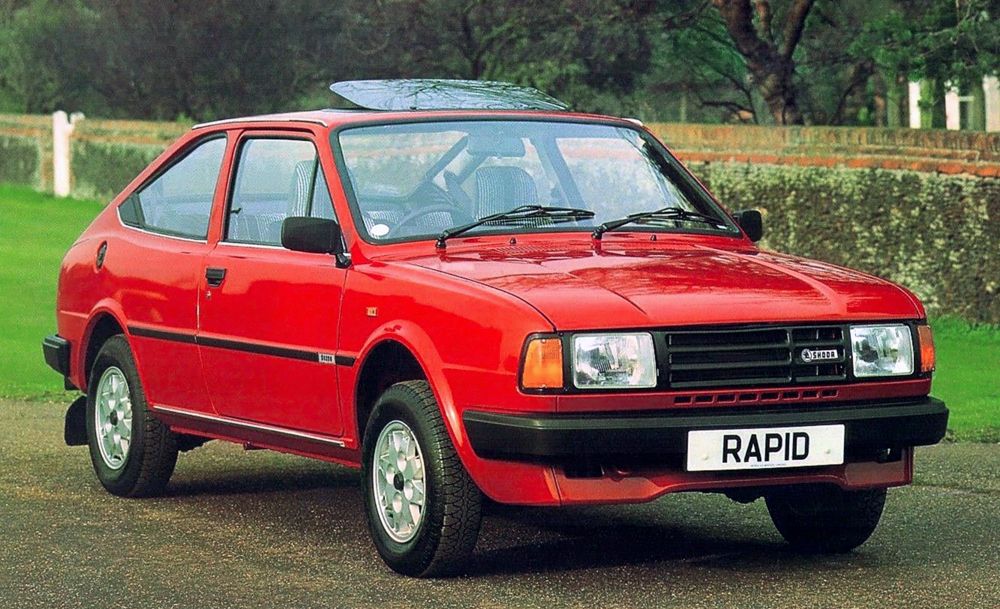A quick look at today's automotive offerings and you'll notice that almost all passenger cars are front-engined, while most sports cars come with a mid-engined configuration. The Porsche 911 is the most known exception from this rule, having its engine mounted above the rear axle. The 911 isn't the only rear-engined car on the market, the Smart ForTwo and ForFour, Renault Twingo, Tesla Model S, and Tata Nano have similar configurations, but all of them are part of the minority. However, it wasn't always like this.
Decades ago, rear-engined vehicles were significantly more popular. The first notable rear-engined car dates back to 1886, when Karl Benz launched the Patent-Motorwagen. The concept gained more traction in the 1930 and remained somewhat popular until the 1980s. Mostly found in small, affordable cars, the layout allowed for the rest of the vehicle to be used for passengers and luggage. It was also preferred by many carmakers since the drivetrain can installed easily at the factory compared to front-wheel-drive layout where the driven wheels also steer the car.
Continue reading for the full story.
The Decline
Automakers began to abandon the rear-engined layout in the 1970s, with only a handful of cars still available in the 1980s. This was due to the fact that rear-engined, rear-wheel-drive cars were prone to oversteer, which caused vehicle instability. Interior packaging techniques were also improving, so the rear-engined configuration was no longer crucial for improving passenger and luggage room. But while most abandoned the idea, the configuration remained popular in motorsport, while Porsche continued to develop the 911's rear-engine layout, which survives to this day.
It's often said that the rear-engined car has many critical design flaws, including the inability to cool the drivetrain properly. The fact that Porsche continues to manufacture successful rear-engined performance cars is solid proof that these issues can be solved with proper engineering, but it's very likely that we won't see this configuration become popular again anytime soon. And that's a big shame, as the automotive industry spawned quite a few cool rear-engined cars over the years.
Volkswagen Beetle (and related models)
I'm kicking off this list with the Volkswagen Beetle, which in many ways is a successor to the Porsche 356, later redesigned into the iconic 911. I know I said "rear-engined cars that aren't 911s," but we're talking about one of the best-selling cars in automotive history here! Developed by Ferdinand Porsche in the mid-1930s, the Beetle -- also known as the Type 1, Kafer, or Bug -- was officially launched as a passenger car in 1938. The factory in Fallersleben had only produced a handful of cars by the start of World War II in 1939, so the first examples were either offered to the Nazi elite or built as the Kubelwagen military vehicle.
Passenger car production resumed in 1946, and the Beetle became a hit not only in Germany but on just about every continent. The small German "people's car" was extremely successful until the 1960s, but the 1970s brought increasingly stiff competition from modern designs. But despite decreasing sales, the Beetle remained in production until 2003, when the last unit rolled off the production line at Puebla, Mexico. In 65 years, more than 21.5 million examples were produced in no fewer than 19 factories in 15 countries and six continents. The engine lineup included five different flat-four engines, ranging from 1.1 to 1.6 liters.
|
|
|
In an attempt to broaden its offerings, Volkswagen applied the Beetle recipe to other nameplates. In 1955, it launched the Type 14, better known as the Karman Ghia. The two-door coupe combined the chassis and mechanicals of the Beetle with the sleek styling of Luigi Segre of Carrozzeria Ghia. The stylish coupe remained in production in Germany until 1974 and in Brazil until 1975. Almost 490,000 were built in 20 years.
In 1961, VW used the Beetle underpinnings to create the Type 3, a C-segment compact offered in various body styles, including notchback and fastback sedans and delivery panel van. The Significantly more successful Type 3 was built in a little over 2.5 million units through 1973. The diversification continued in 1968 with the Type 4, or 411/412. A spiritual predecessor of the iconic Passat, the 411 was a mid-size car and Volkswagen's then-largest vehicle. Production lasted for only six years until 1974, when it was replaced by the more modern Passat.
Tatra T77 (and successors)
Tatra might not be as famous as Volkswagen, but the Czech automaker seems to have inspired Porsche's design for the Beetle. The legend has it that Hitler asked Porsche for a people's car after riding in Tatra vehicles during political tours of Czechoslovakia. The Beetle bore a striking resemblance to the V570, as well as the T77, T87, and T97 models that followed. The T77 is arguably the most noteworthy, especially for being considered the first mass-produced, aerodynamically-designed automobile. Built from 1934 to 1938 in 249 units, the T77 also had a rear-engined layout and an air-cooled engine.
But unlike the Beetle, it was powered by a 3.0-liter V-8 (later increased to 3.4 liters) and was more of the coachbuilt variety. The T97, launched in 1936, had a four-cylinder boxer engine, as well as a central structural tunnel, also found in the Beetle. Tatra remained true to the rear-engined layout after World War 2. Both the T603 and T613 of the 1960s and 1970s had a similar configuration and remained popular locally. Although most automakers had given up on the design by 1990, the T700, which was produced between 1996 and 1999, had a 4.4-liter, air-cooled V-8 mounted above the rear axle. It was Tatra's last passenger car after decades of struggle.
BMW 700
Introduced in 1959, the BMW 700 was far from fast or beautiful, but it was successful enough to save the German firm from bankruptcy. Powered by a 697cc flat-twin engine mounted to the rear, the 700 offered decent room for four adults inside and had a generous trunk under the front hood. The 1959 Frankfurt Motor Show unveiling brought BMW a whopping 25,000 orders for the car, prompting BMW shareholders to block a proposal to merge the brand into Daimler-Benz. Both coupe and sedan versions were offered, with nearly 190,000 examples built until 1965. The 700 was BMW's last economy car.
Tucker 48 "Torpedo"
For the next car, we go back to 1947, when Preston Tucker, a Chicago entrepreneur, fulfilled his dream to develop and launch an innovative automobile. The "Torpedo" was born right after World War II when the Big Three Detroit automakers were still selling pre-war designs. This provided great opportunities for new, smaller automakers, and Tucker joined the like of Studebaker in developing a brand-new product. Unlike most cars available at the time, the 48 was designed with a water-cooled, aluminum block engine mounted to the rear, fuel injection, a four-wheel independent suspension, and disc brakes. The large sedan also had a third directional headlamp on the nose that activated at steering angles greater than 10 degrees, lighting the car's paths around corners.
Tucker also focused on safety, integrating a roll bar into the roof and mounting the steering box behind the front axle to protect the driver in a front-end accident. The windshield was made of shatterproof glass and designed to pop out in a collision. The engine and transmission were mounted on a separate subframe which was secured with six bolts, allowing for the entire drivetrain to be lowered and removed from the car in minutes. Tucker actually envisioned loaner engines being quickly swapped in for service in just 30 minutes, just like Elon Musk is now doing with batteries at Tesla.
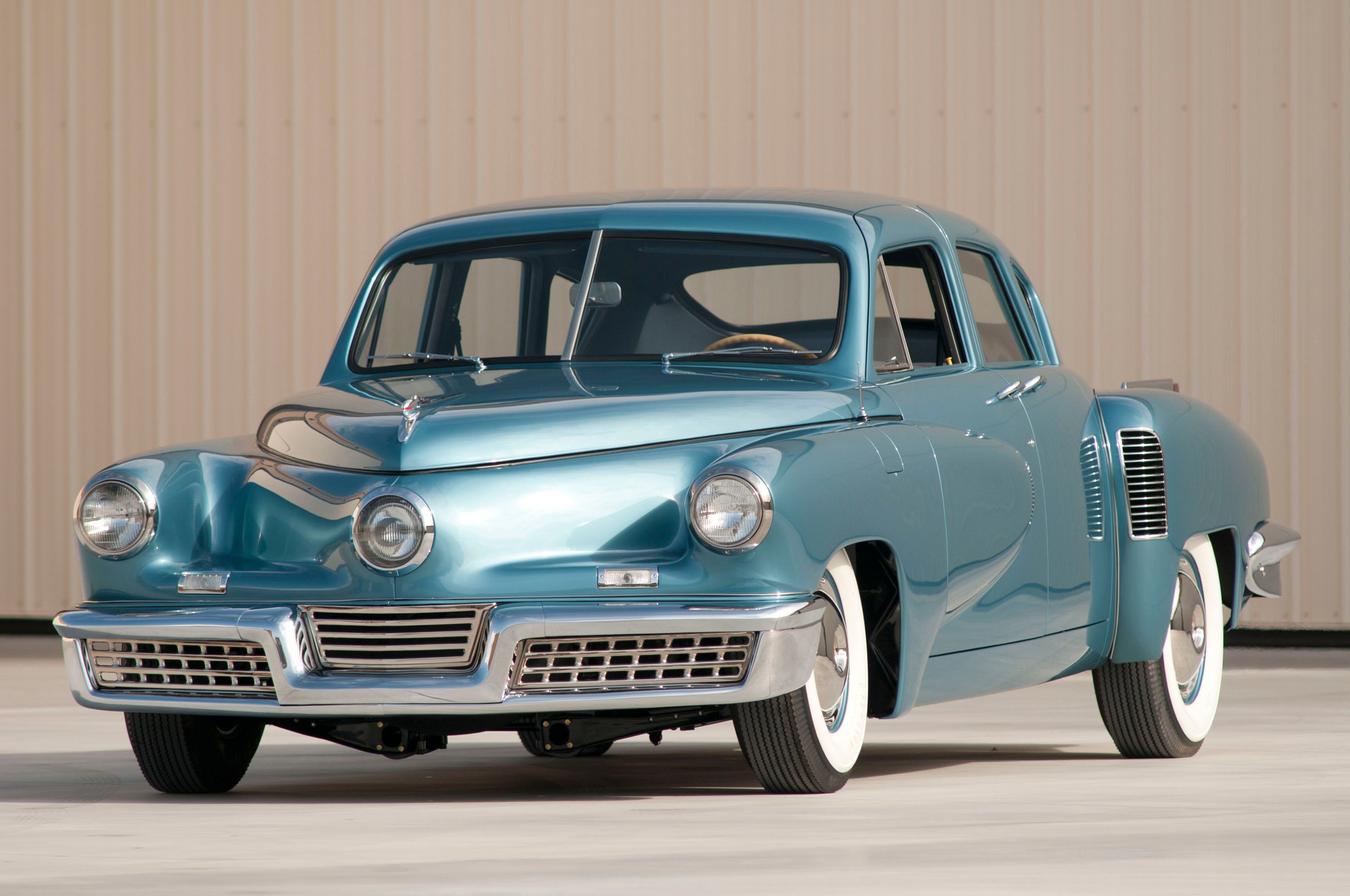
|
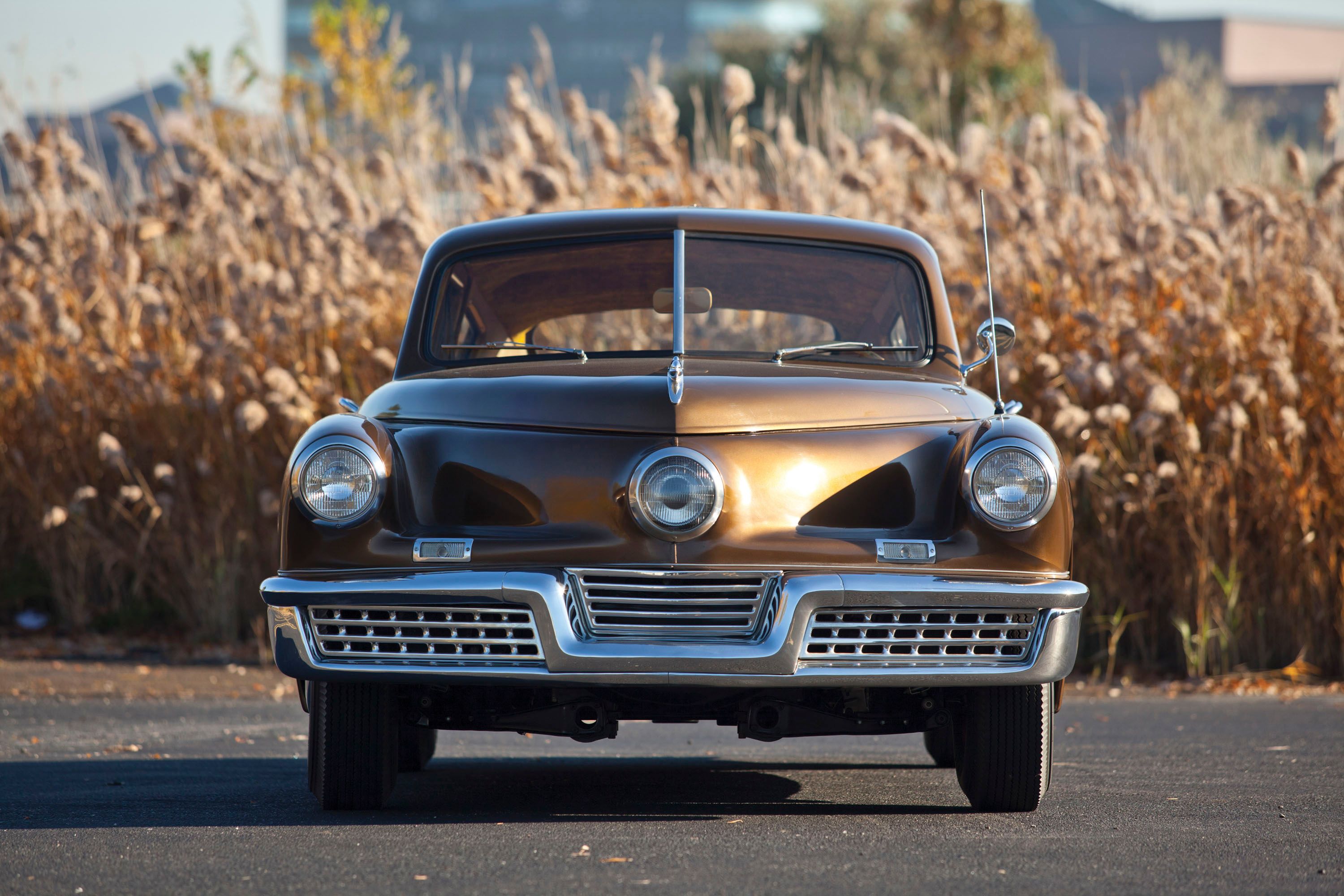
|
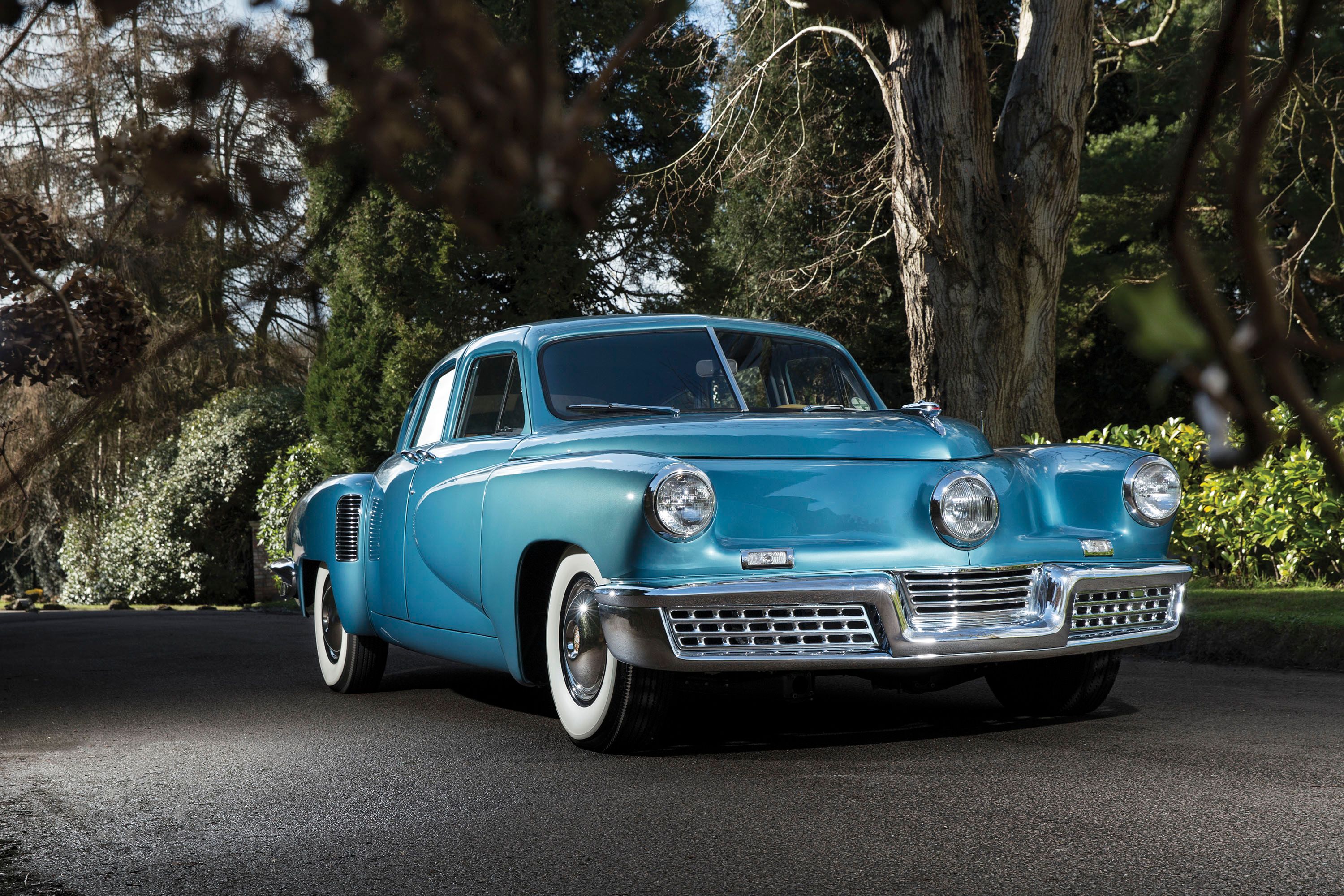
|
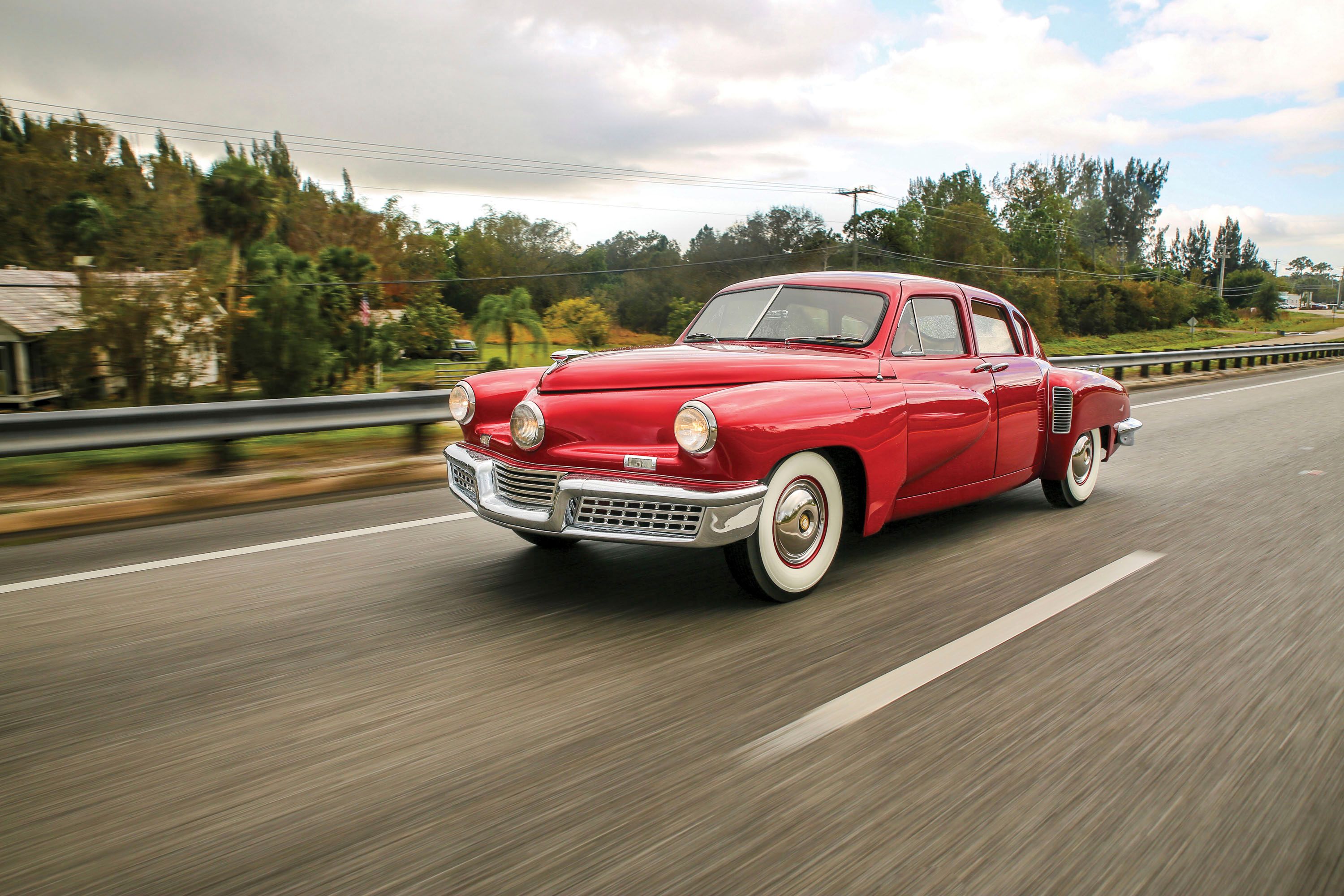
|
The "Torpedo" was also designed with an innovative engine in mind. Tucker wanted a massive, 9.6-liter flat-six in the car, but several problems during testing forced the company to look elsewhere. Preston eventually settled for a 5.5-liter flat-six from Air Cooled Motors, which was originally intended for the Bell 47 helicopter. The drivetrain was heavily modified and converted from air to water cooling. Unfortunately, an investigation of the U.S. Securities and Exchange Commission and the U.S. Attorney over Tucker's innovative business ideas stirred just enough negative publicity to destroy the company and halt production of the 48. In all, only 51 cars were completed.
DeLorean DMC-12
Speaking of innovative ideas that failed and lawsuits that brought bankruptcy, John DeLorean and his DeLorean Motor Company had a similar fate in the 1980s. Having gathered experience in the automotive realm with Packard, Pontiac, and Chevrolet, DeLorean formed his own company in 1973 and began designing a sports car with help from Italdesign's Giorgetto Giugiaro. Notable features included an unpainted, stainless steel body, gull-wing doors, and a custom 2.85-liter V-6 engine built by Peugeot, Renault, and Volvo. And even though it's often considered a mid-engined car due to the prototype being designed that way, the production model had the V-6 moved above the rear axle.
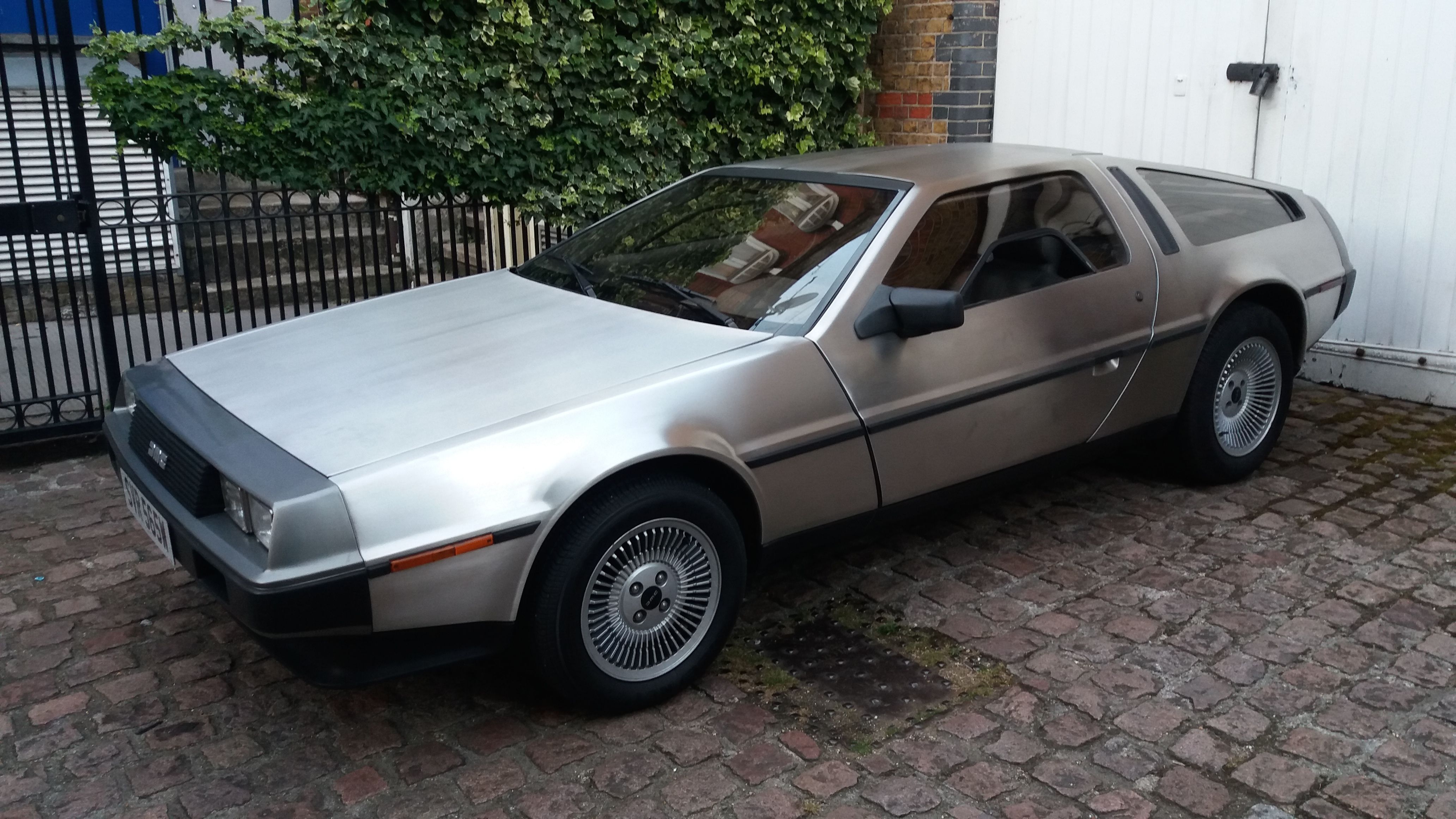
|
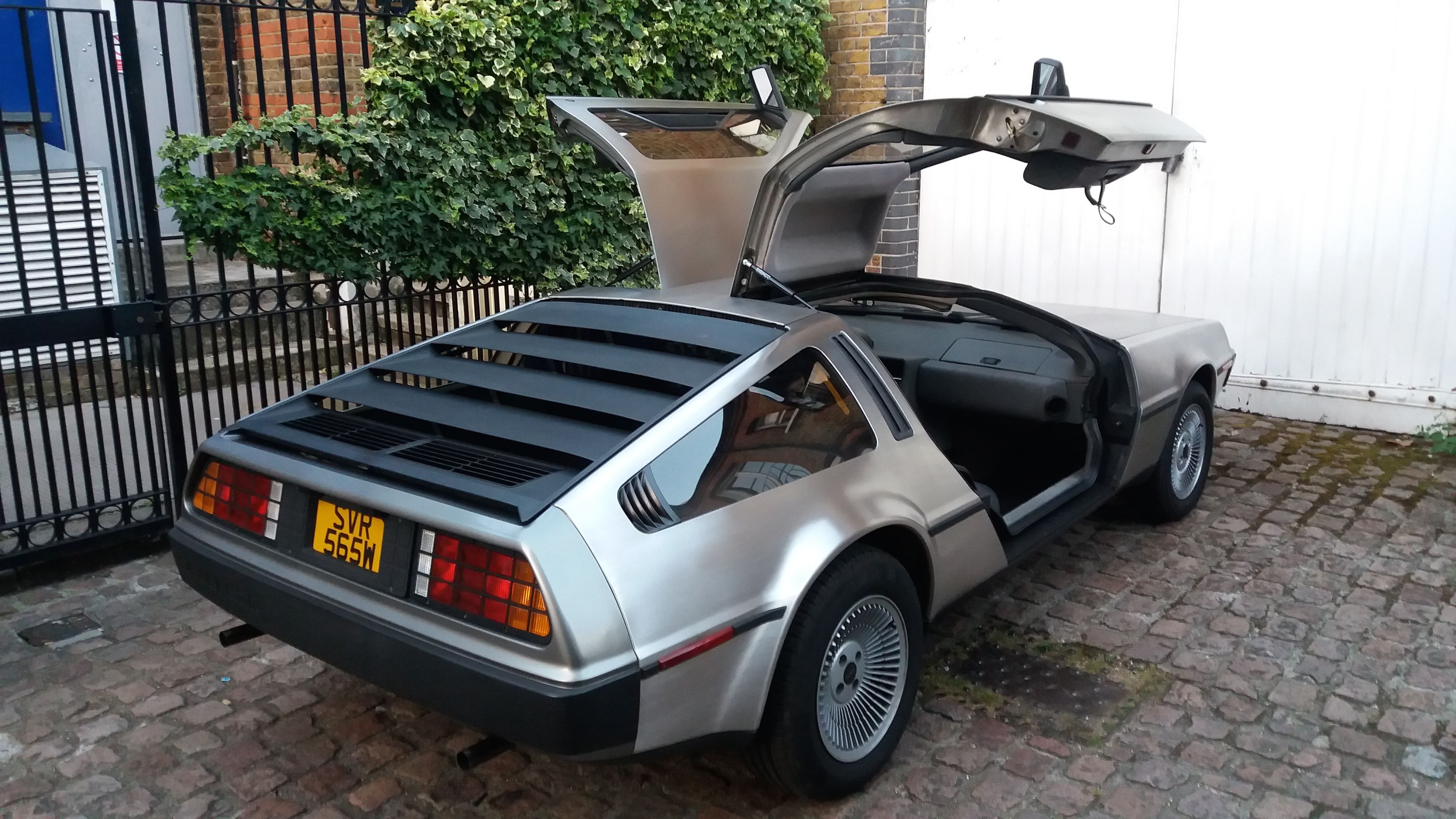
|
Unfortunately, the unit was rather disappointing compared to the initial plans, generating only 130 horsepower. DeLorean managed to build significantly more cars than Tucker, with production coming in at a little over 8,500, but it went bankrupt in late 1982 following John DeLorean's arrest in October of that year on drug trafficking charges. He was found not guilty, but the time he spent away from the firm caused irreversible damage. But despite the company going under, the DMC-12 became a global legend after being features in the "Back to the Future" film in 1985. In 2007, a company called DMC Texas announced it would build new DeLorean cars using modern and old parts sourced from the original company. An all-electric model is also planned, making the DMC-12 the only actual survivor on this list.
Fiat 500 / 850 Coupe
Much like the Volkswagen Beetle, the Fiat 500 needs no introduction. It was designed as a direct competitor, it was small and cute, and it made a comeback in the 2000s. Granted, production of the 500 was significantly shorter than the Beetle, but Fiat sold almost four million units between 1957 and 1975. Powered by two-cylinder engines exclusively, the 500 was a successor of the Topolino and was replaced by another rear-engined city car, the Fiat 126.
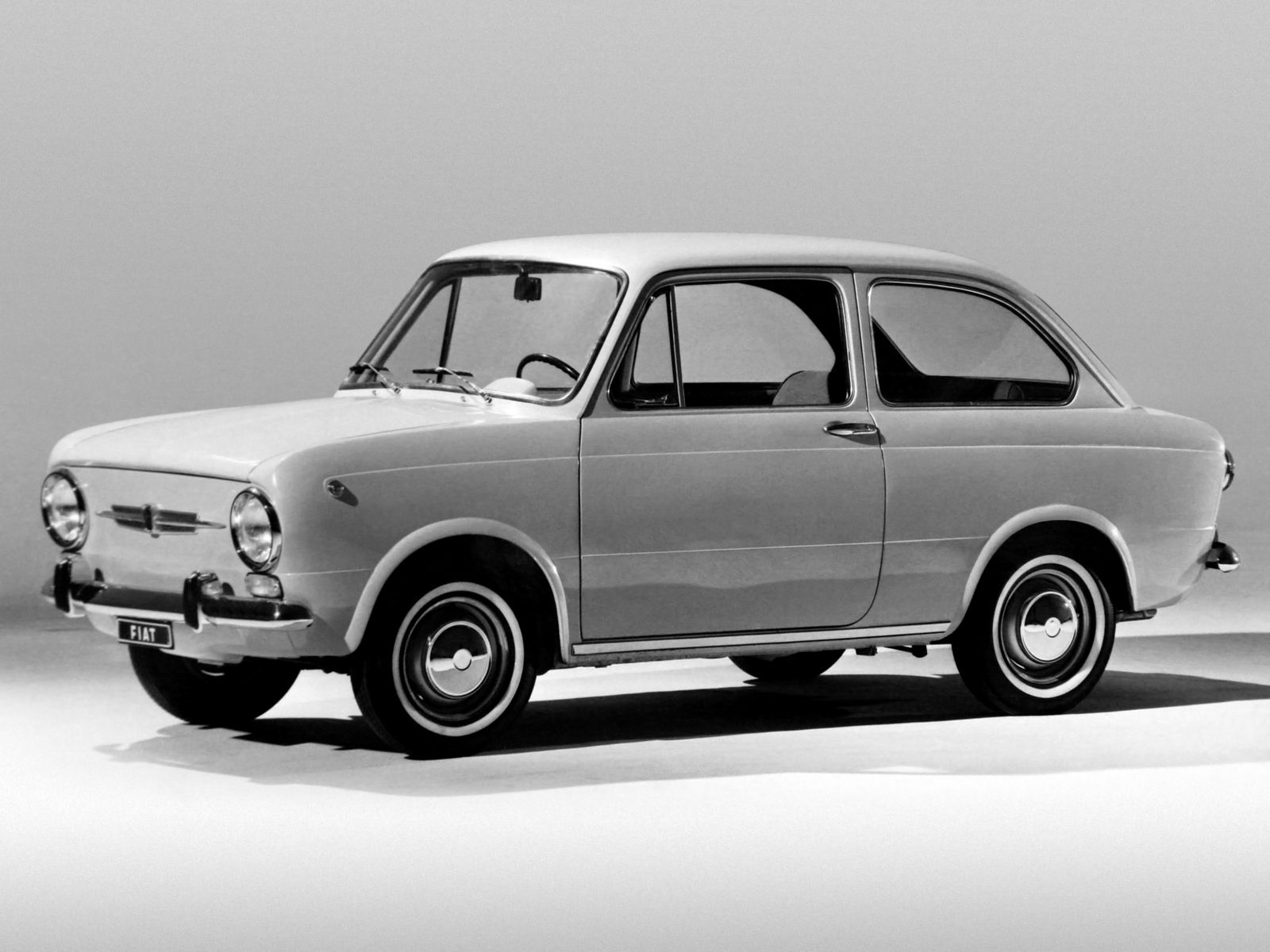
|
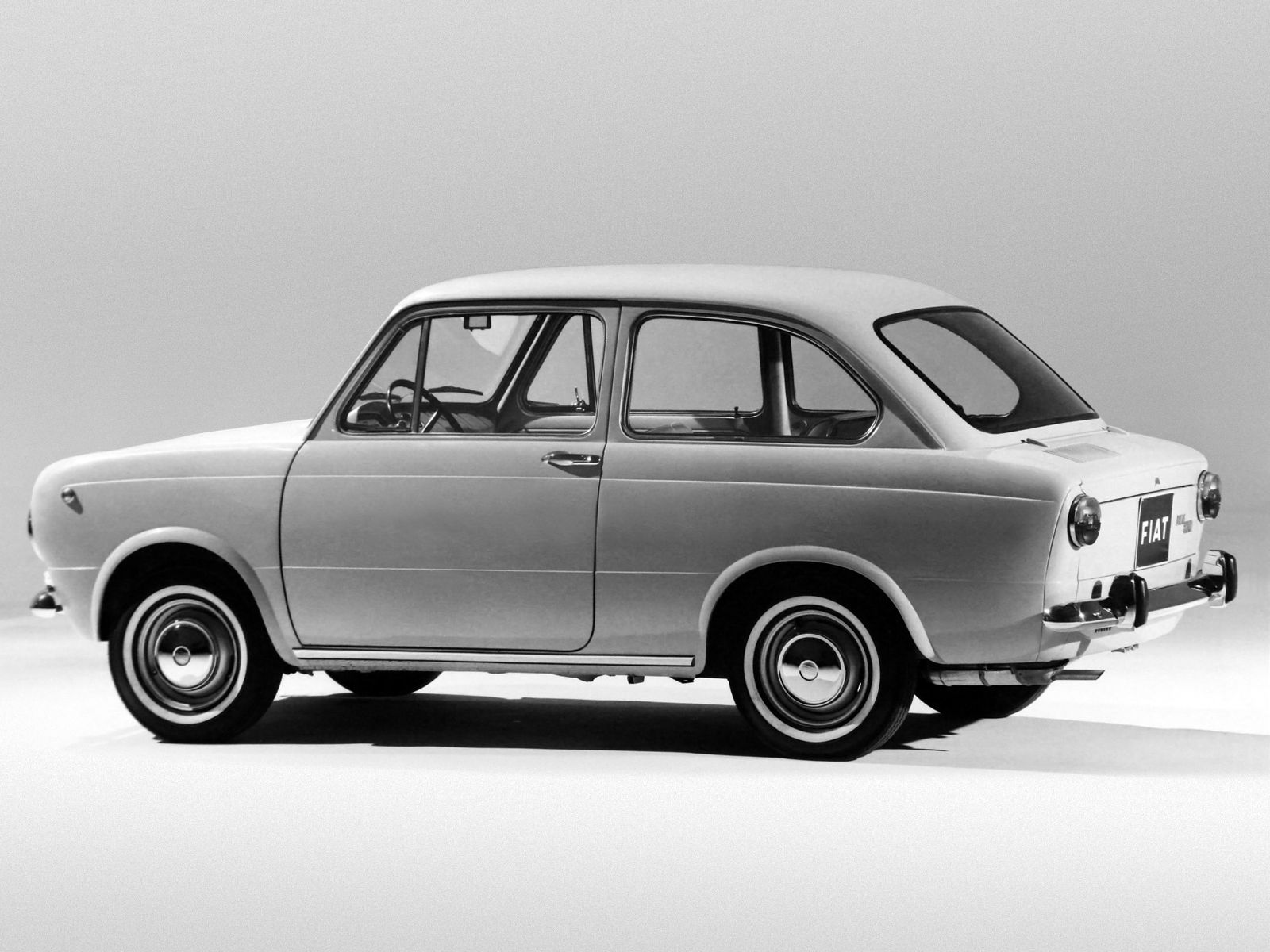
|
Alongside the 500, Fiat also built the 600, which had bigger, four-cylinder engines. The 850 was the fourth Fiat to carry a rear-engined layout in that era, being produced between 1964 and 1973. Unlike the 500 and 600, the 850 had a more exotic looking Coupe version. Introduced at the 1965 Geneva Auto Show, it had an identical wheelbase, but longer overhangs and a sleek roofline. The front and rear fascia were also modified for a sportier appearance.
The 850 also gained increased engine performance, more standard feature, and sports seats, thus being moved into a somewhat premium segment. And to be honest, it was a pretty solid competitor to the early Porsche 911, despite lacking the 100+ horsepower ratings. Production of the Coupe ended in 1971, two years before the 850 nameplate was discontinued.
Hillman Imp
Designed by the Rootes Group in the early 1960s, the Hillman Imp isn't the kind of car you'll find in the "most iconic vehicles ever built" books, but it's an important part of British motoring. Although not as iconic as the Mini Cooper, it was developed for the exact same niche, and unlike Mr. Bean's personal ride, the Imp had a rear-engined layout. This came with a big advantage over the Cooper. For starters, the cabin offered more passenger space. Second, all that room under the front hood become more useful as a trunk. By comparison, the Mini's rear trunk was incredibly small.
The Hillman Imp also brought an innovation to the market, being the first mass-produced car with the engine block and cylinder head cast in aluminum. It was also the first mass-produced British car to have an engine in the back and the first car to use a diaphragm spring clutch, which compensated for the speeds of gear and shaft before engagement. It also incorporated many design features that weren't common in cars until the late 1970s such as a folding rear bench seat, automatic choke and gauges for temperature, voltage and oil pressure.
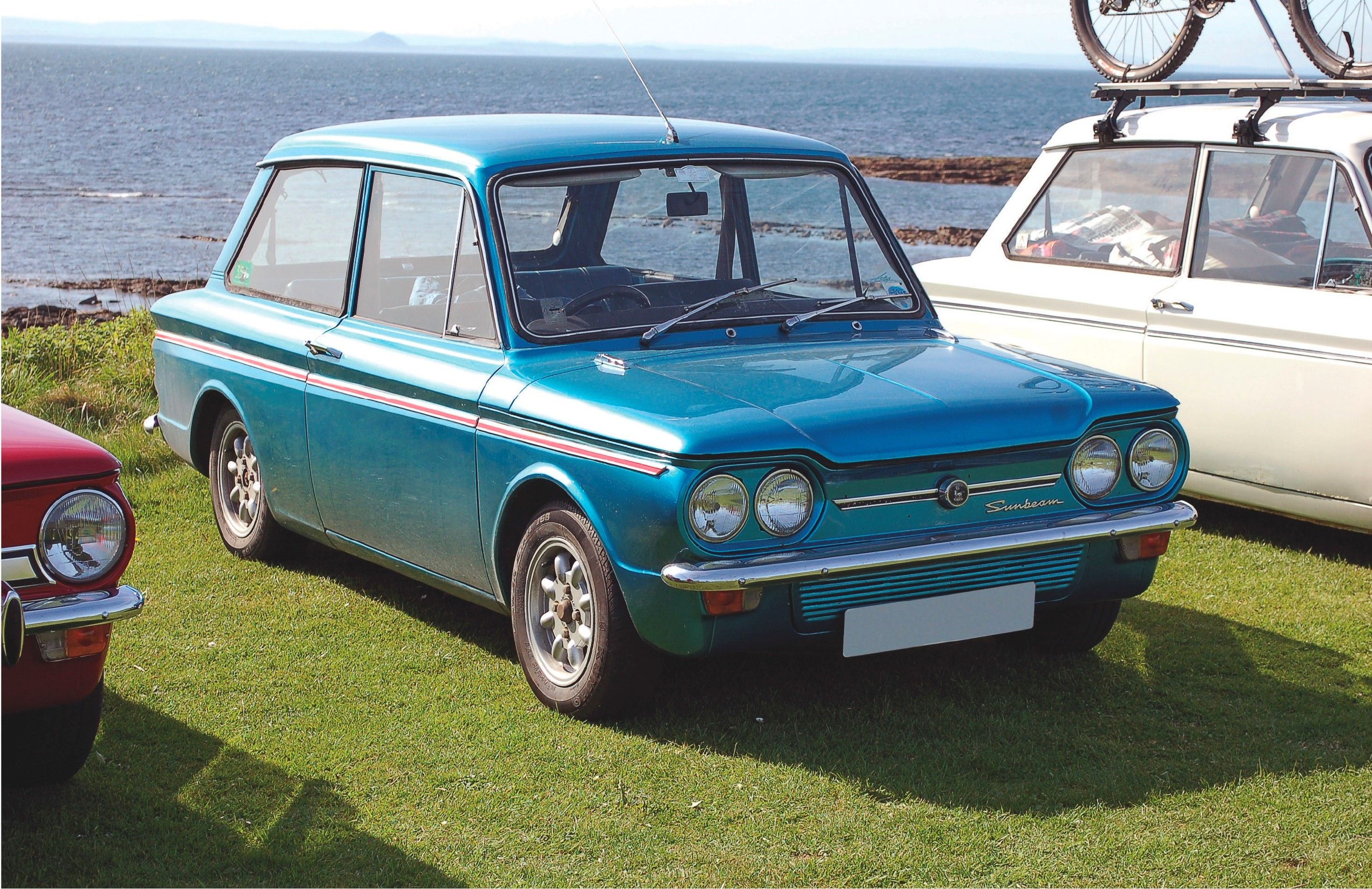
|
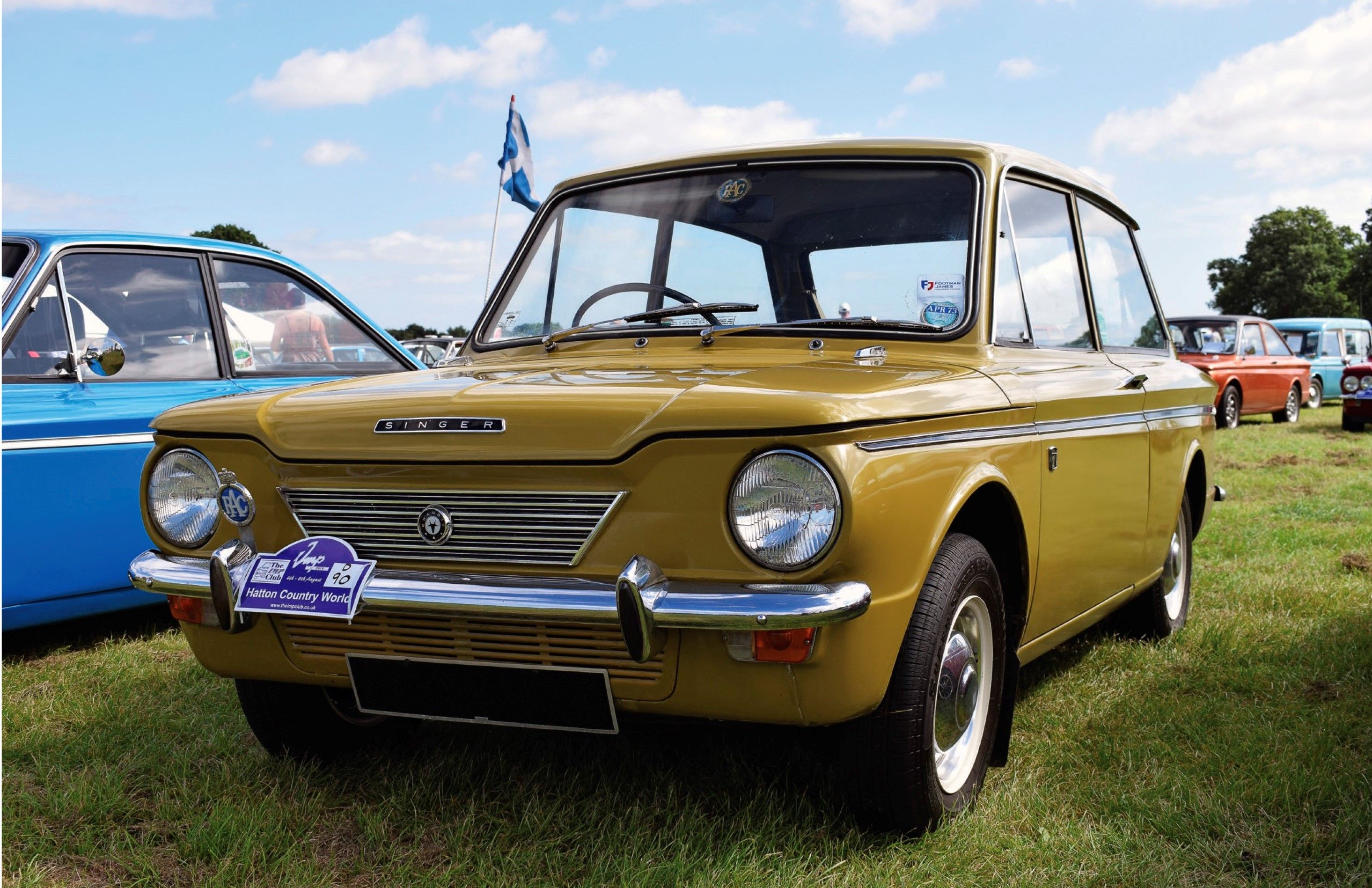
|
The Imp was ahead of its time, it was offered in a variety of body styles, and it became a relatively successful rally. However, the concept didn't catch on, and production ended after 13 years with only 440,000 units built. Interestingly enough, the lack of understanding of the maintenance needs of alloy engines by owners contributed to the reputation for poor reliability. So we could say that Hillman took a hit for the entire automotive industry back in the 1960s. It's really a shame that the Imp was so overshadowed by the Mini Cooper.
Chevrolet Corvair
While it was somewhat popular in Europe, the rear-engined layout was virtually absent from the United States. Since the demise of the Tucker 48 in 1947, no mainstream car had used it until the late 1950s. The RR configuration was finally embraced by Chevrolet, which launched the Corvair for the 1960 model year. Designed to compete with the Ford Falcon, Plymouth Valiant, Studebaker Lark, and Rambler American, it was the only American-designed, mass-produced passenger car to use a rear-mounted air-cooled engine and was made available in several body styles, including two-door coupe, convertible, four-door sedan, four-door station wagon, and pickup truck variants.
Designed by Ed Cole, the same man who fathered the small-block Chevy V-8 and the many design advancements of the company's cars and trucks in the late 1950s, the Corvair was unique and rather ground-breaking for a market that fancied front-engined vehicles only. Cole not only saw the necessity of a compact car from GM -- in a market where the niche was basically dominated by smaller carmakers outside the Big Three firms -- but also decided against the usual Ford and Chrysler concepts of creating scaled-down versions of large automobiles.
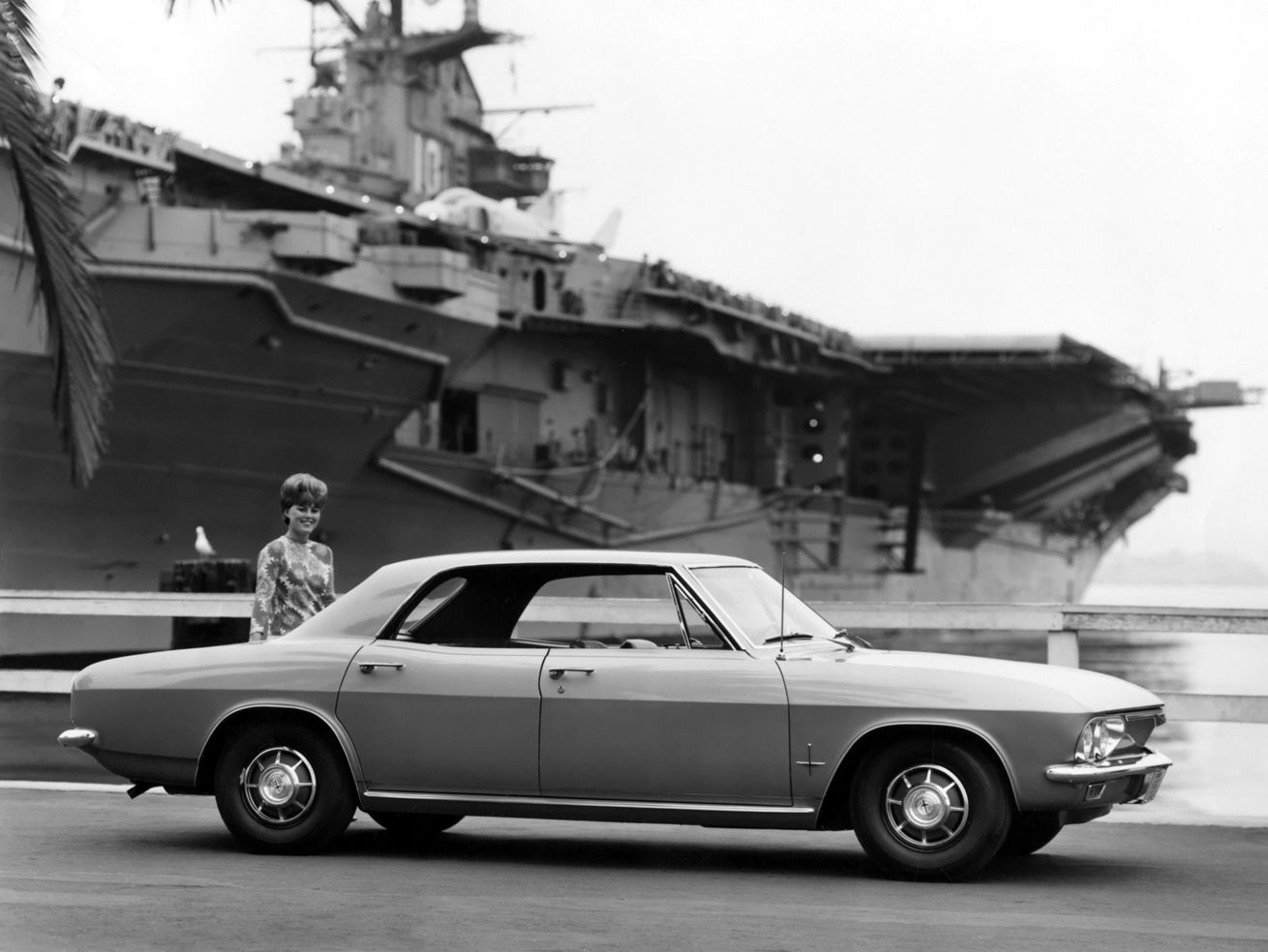
|
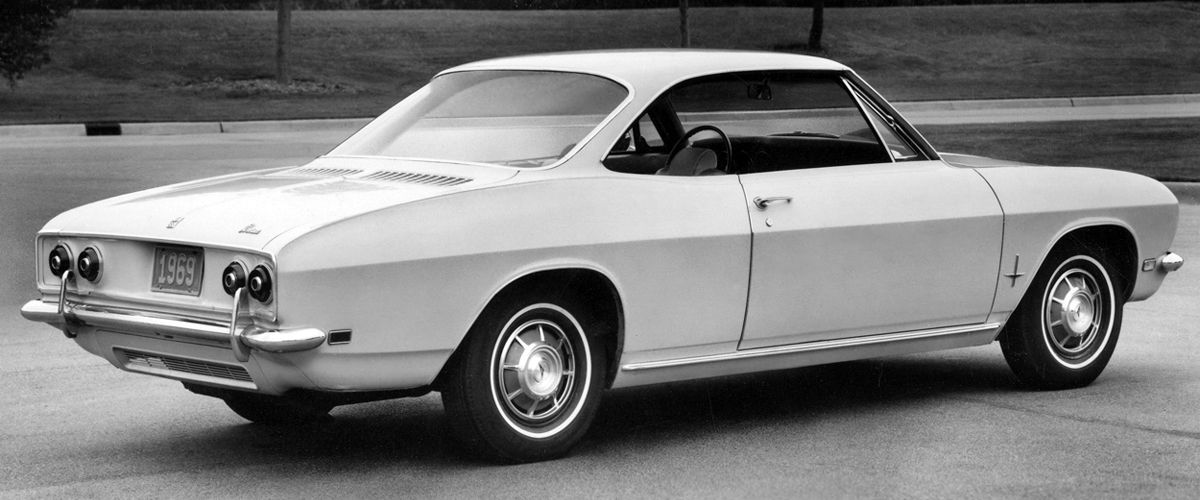
|
Ed basically designed a brand-new car positioned as far as possible from the traditional American norms, with the rear-mounted, air-cooled, flat-six engine adding more weirdness to an already unconventional car. We might not realize it right now, but in 1959, the Corvair was as weird as a chain-powered airplane with square wings. It was also a unibody vehicle; it had independent suspension at all four corners, and market-first low-profile tires. What's more, styling was also far from the norm, Using subtle cues with no tailfins or excessive chrome. It was named Motor Trend car of the year in 1960.
The Corvair also proposed numerous advantages, including a sleek silhouette, a flat passenger compartment floor, enhanced ride quality and traction, as well as a large trunk. On the flipside, the Corvair suffered from many of the issues associated with rear-engined cars, including loss of rear wheel grip and oversteer. The swing axle suspension of the first-gen car was also considered responsible for many crashes, and GM had over 100 lawsuits by 1963. This led to bad publicity and sales dropped dramatically in the 1960s. A 1970s investigation by the NHTSA concluded that the Corvair actually compared favorably with contemporary rivals, but it was already too late. By 1967, Chevy had abandoned all upgrades for the Corvair, which was eventually discontinued at the end of 1969 after nearly two million units.
But despite its issues, the Corvair is often regarded as America's Porsche 911, and it has become a sought-after collectible.
Alpine 110
Launched in 1961, the Alpine A110 was the development of a rear-engined layout that the French firm had introduced back in 1955 with the A106 and refined in 1958 through the A108. Arguably the most aggressive car on this list design-wise, the A110 was penned as a full-blown sports car with lightness in mind. Tipping the scales at less than 1,600 pounds, the A110 was powered by small-displacement engines, mostly modified versions of Renault's 1.1- to 1.6-liter four-cylinder units. Production of this French "Berlinetta" lasted for 16 years, during which some 12 versions were offered.
|
|
|
The original A110 has 55 horsepower, while the range-topping 1600 S/SC came with 140 horses on tap. The Alpine also became a successful rally car toward the end of its life cycle, scoring no fewer than six WRC wins, and the manufacturers' championship, in 1973. A110 nameplate was recently revived for a modern sports car, Alpine's first new vehicle in more than two decades.
Skoda Rapid
For the last vehicle on our list, I'm going back to the Czech Republic, but this time around we're looking at Skoda instead of Tatra. Now owned by the Volkswagen Group and known for affordable, yet still appealing cars, Skoda was a typical Eastern European manufacturer back in the day. Its cars were far from spectacular, often dated relative to the competition, and not exactly reliable. But the 1984 Rapid was different. Essentially a fastback coupe version of the Skoda 130, the Rapid was a rather exotic appearing in the company's lineup. Powered by a a range of 1.2- and 1.3-liter four-cylinder engines, the coupe wasn't exactly powerful at 62 horses in top trim, but its light curb weight (under 1,900 pounds) and affordable sticker made it a solid contender in the sports car market. The Rapid was described as the "poor man's Porsche" and "a beginners' course to the 911" by the British motoring media, which provided favorable reviews. A convertible version modified by Ludgate Design was also offered in the U.K. Today; the Skoda Rapid is gaining in popularity as a classic car all over Europe.
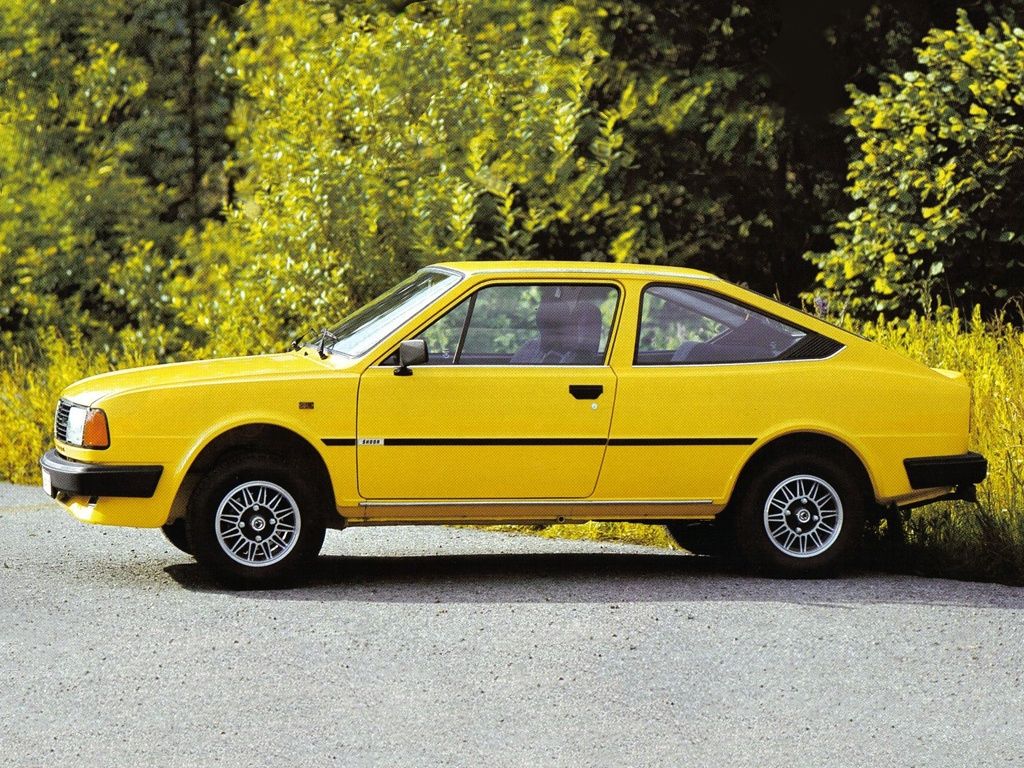
|
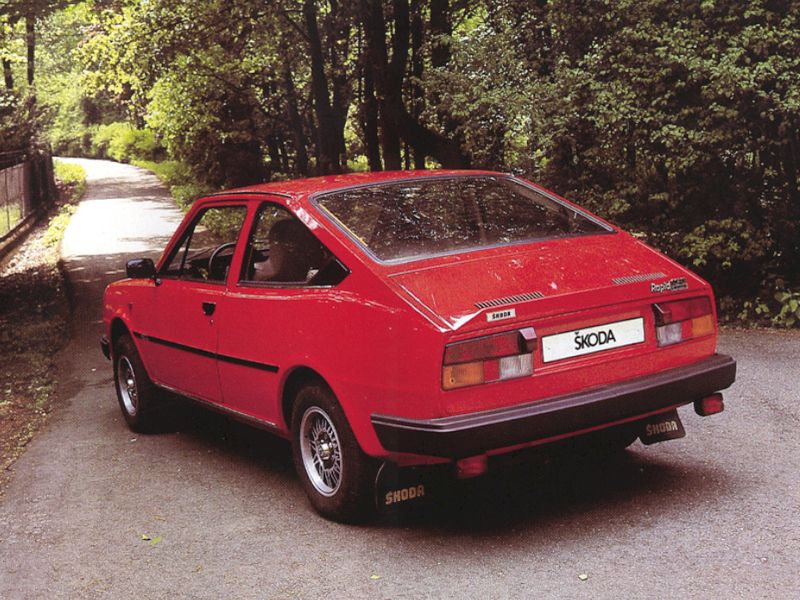
|
Other Options?
Of course, these aren't the only notable rear-engined cars. A comprehensive list would also have to include the BMW 600, Mercedes-Benz 130, Messerschmitt KR200, NSU Prinz, Renault 4CV and 8, Simca 1000, Subaru 360, and the Suzuki Fronte just to name a few, but I wanted to stick with the really famous ones, and the one's I like the most. Do you think I should've included other vehicles on the list? Let me know in the comments below.

